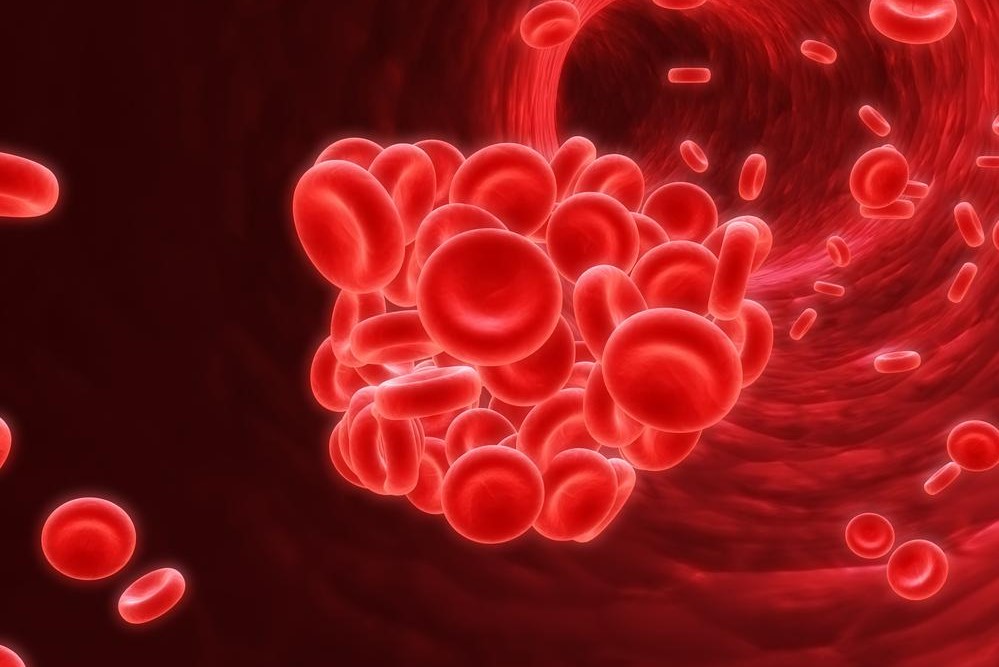Understanding Carotid Artery Blockage: Symptoms and Treatment Options
This article provides a comprehensive overview of carotid artery disease, including symptoms, risk factors, diagnosis, and treatment options. It emphasizes the importance of early detection and lifestyle changes to prevent serious events like strokes. Understanding the condition helps individuals identify warning signs and seek timely medical help to reduce the risk of life-threatening complications.

Understanding Carotid Artery Blockage: Symptoms and Treatment Options
Carotid Artery Blockage: Symptoms and Solutions
The carotid arteries, located in the neck, are vital blood vessels responsible for supplying blood to the brain, face, and neck. Each side of the neck hosts one of these arteries. The pulse of the carotid artery can often be felt by placing fingertips near the windpipe. When fatty deposits, inflammatory cells, proteins, calcium, and waste products accumulate, they form plaque that narrows the arteries, leading to carotid artery disease or stenosis.
This narrowing can increase the risk of stroke. Recognizing symptoms early and seeking proper diagnosis and treatment is crucial. Let’s explore the signs, causes, risk factors, and ways to prevent and manage this condition.
Who is at risk of developing carotid artery blockage?
Individuals with a family history of heart issues are more prone. Several factors heighten the likelihood of developing this condition:
Unhealthy lifestyle choices like smoking and high-salt diets
Chronic illnesses such as diabetes, hypertension, and thyroid disorders
Obesity and high cholesterol levels
Older age
Unsedentary lifestyle
Common symptoms indicating carotid artery issues
Carotid artery disease often progresses silently, with few symptoms until a serious event like a stroke occurs.
Sudden, intense headaches accompanied by blurred vision can be warning signs.
Loss of sensation or numbness on one side of the face or limbs is common.
Confusion, slurred speech, and difficulty swallowing may develop.
Memory challenges might arise as the condition worsens.
What is a stroke?
A stroke occurs when blood flow to the brain is blocked or a blood vessel ruptures.
This disrupts oxygen supply to brain cells, possibly resulting in brain damage or death.
Carotid artery disease is a leading contributor to strokes.
Diagnosis of carotid artery blockage
Symptoms can be subtle; regular health checks are important, especially for those with a family history.
Initial detection involves physical examination with a stethoscope.
Advanced imaging tests such as carotid ultrasound, MRA, CTA, and cerebral angiography help confirm the diagnosis.
Available treatments for carotid artery disease
Carotid endarterectomy involves surgical removal of plaque buildup.
For high-risk patients, carotid artery stenting restores blood flow by placing a stent.
Medications like aspirin, clopidogrel, cholesterol-lowering drugs, and blood thinners are prescribed to prevent clots and strokes.
Prevention strategies for carotid artery issues
Reduce saturated fat intake and avoid smoking.
Limit salt consumption to approximately 1500 milligrams daily.
Engage in regular exercise and maintain a healthy weight.
Eat a balanced diet rich in fruits and vegetables, minimizing red meat.










